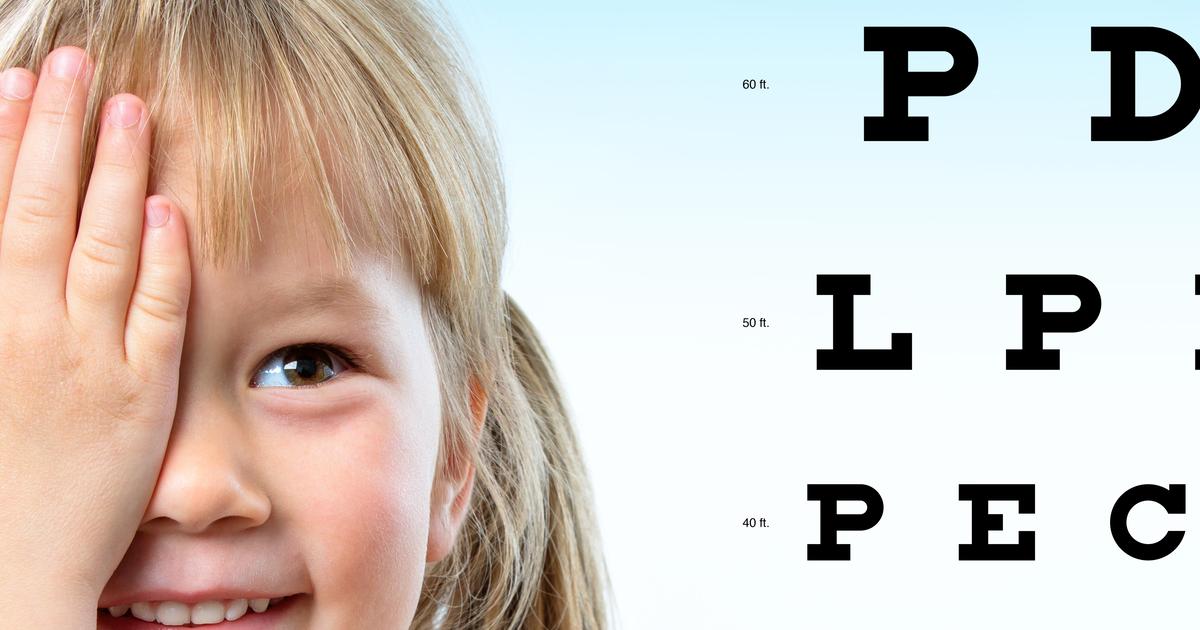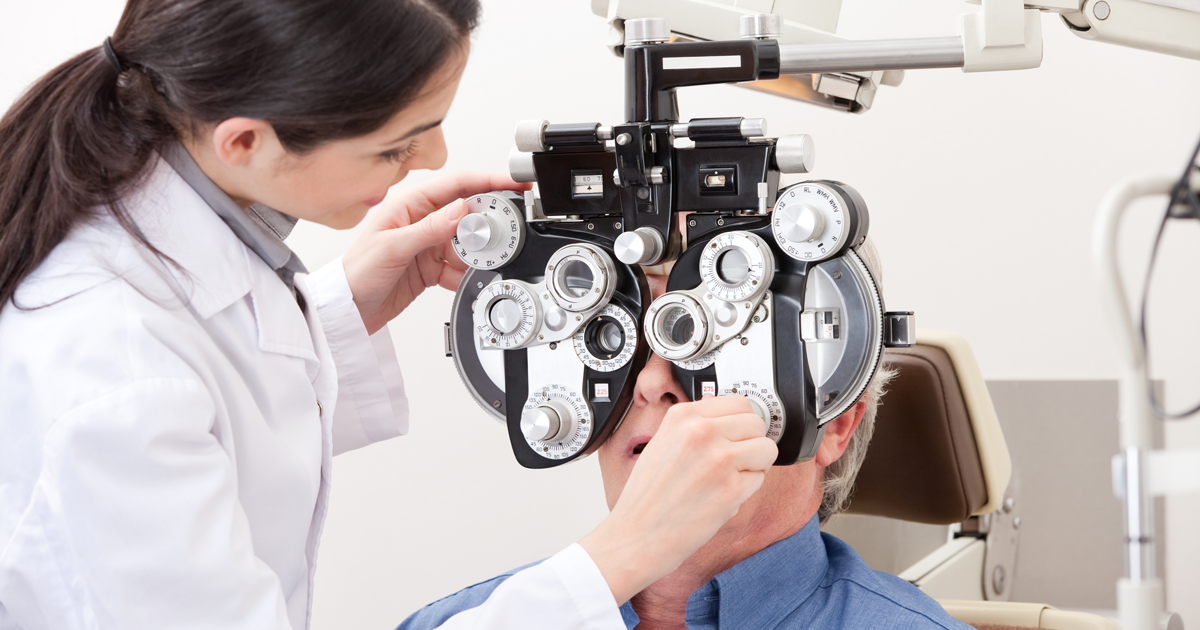Guide To The Different Eye Tests
Other than when asleep, eyesight is an integral part of nearly every activity individuals engage in on a day-to-day basis. Surfing the internet, driving, reading, and watching television all involve vision. Thus, protecting eye health is important to daily life. The best way for individuals to protect their eye health is to have regular eye exams with an optometrist. There are several eye tests an optometrist will use when assessing the health of a patient's eyes. If they think a patient may have an eye disease that can't be corrected with glasses, they may refer them to an ophthalmologist, an expert who specializes in eyes and eye diseases.
Knowing what to expect from different eye tests can help patients prepare for their appointment.
Test For Visual Acuity

The test for visual acuity is the best-known test performed by an eye doctor. During this test, a sign is positioned at a specified distance. Patients will cover one eye at a time and read the sign. The optometrist measures the responses to determine how the level of vision in each eye compares to 20/20 vision. An individual with 20/20 vision can see details at twenty feet an average functional eye can. There aren't any risks to a visual acuity test, and they're a standard part of eye exams. For children, visual acuity tests are often a routine part of yearly physicals. This helps the pediatrician determine whether the child's eye is developing correctly. In addition to undergoing this test at the eye doctor's office, patients will likely undergo it at the driver's licensing bureau to prove they can see well enough to drive. There are two main types of visual acuity test. A Snellen test is the best known and uses a chart of symbols or letters. A Random E test shows patients the letter E, and they have to determine which way it's pointing.
Read more about the different eye tests now.
Refraction Test

A refraction test, sometimes just called a vision test, occurs during a routine eye exam. Not all eye exams test a patient's vision, but this one does. The goal is for the optometrist to determine exactly what glasses or contact lens prescription will give their patient 20/20 vision. An individual who has 20/20 vision can read letters less than half an inch tall from twenty feet away. Those who don't have 20/20 vision are experiencing a refractive error. When the light passes through the lens of the eye, it's not centering correctly on the retina. An eye doctor uses a refraction test to determine what lens will refract the light onto the retina, allowing an individual to have 20/20 vision. In addition to telling the doctor whether prescription lenses are necessary, it indicates the exact prescription lens the patient should be using. The test results can be used to diagnose age-related presbyopia, nearsightedness, farsightedness, and astigmatism.
Get more details on the different eye tests out there now.
